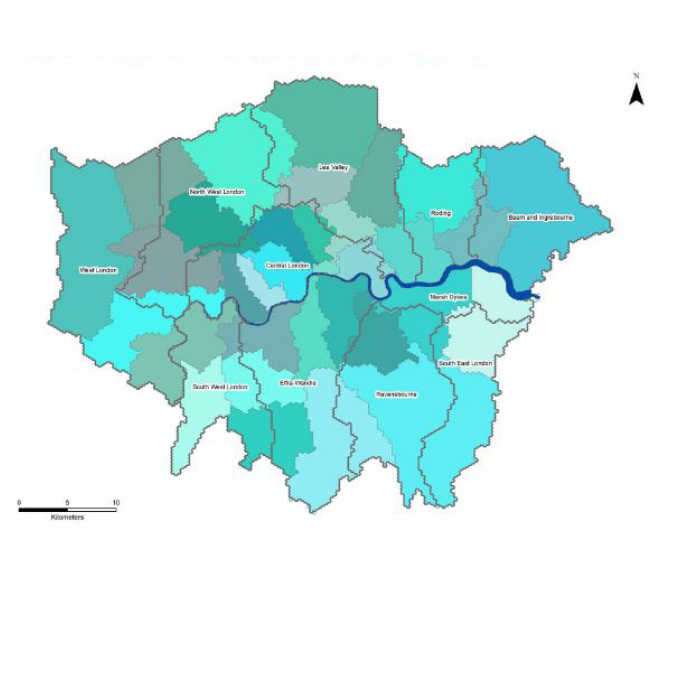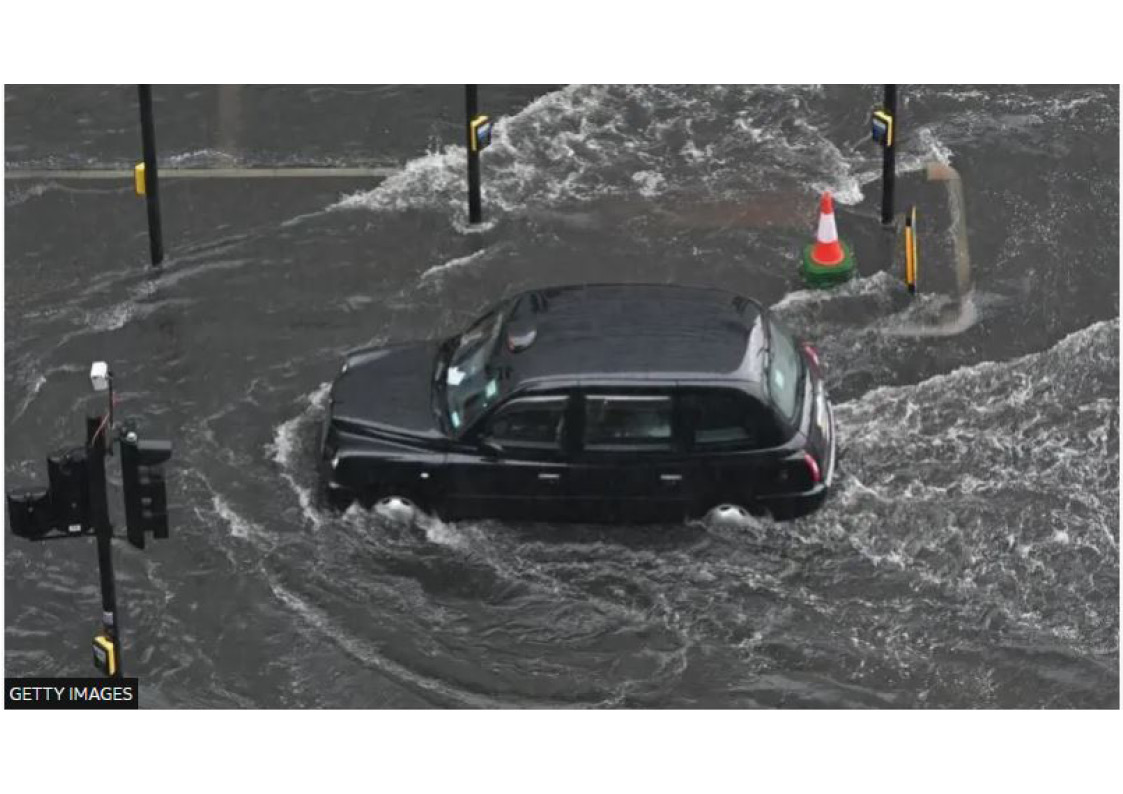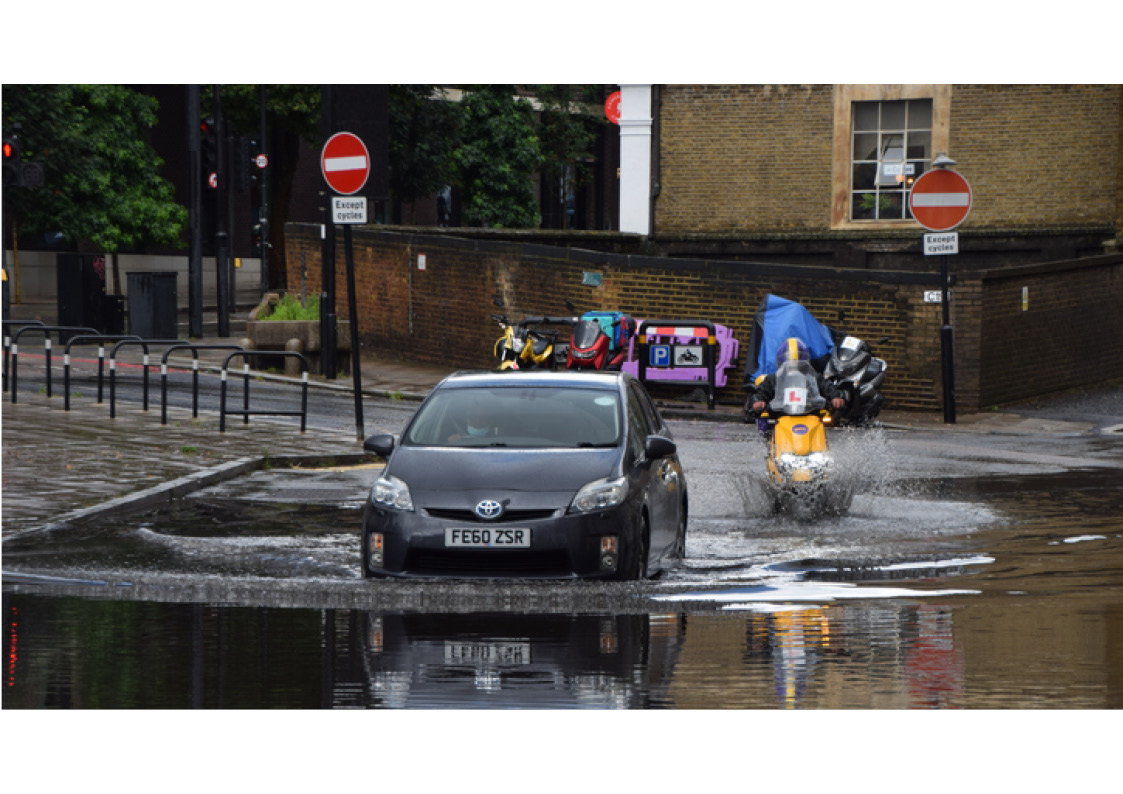London
The Next
Sponge City?
SHARE
In this hot, dry weather, it can be easy to forget the July
floods of 2021. London experienced two flash floods in as many weeks and on
each occasion, twice the average monthly rain fell in just two-hours, costing
councils hundreds of thousands of pounds. And let’s not forget the
unprecedented rainfall of August 2022, or the fact that between October 2023 to
March 2024 the Met Office announced that the UK had suffered the wettest
half-year on record. One thing feels certain; London is under prepared for the
impacts of climate change.
Schedule 3 of the Water Management Act 2010 (which
was born in response to the 2007 floods) may not be any closer to being
enforced but in recent months there have been some reassuring ripples of change
happening. TheGLA Infrastructure team launched a
‘Reimaging Rainwater in Highways’ guidance document, DEFRA published National Standards for Sustainable Drainage Systems (SuDS) but perhaps most encouraging has been a new London Surface Water Strategy which looks to address the risk of surface water flooding in our city. Could London be the next Sponge City?
The number one purpose of London Surface Water Strategy is
to ‘increase resilience to surface water flooding through collective
action that benefits people, places and the environment.’ The development and delivery of the strategy is
led by the Flood Ready London partnership made up of the Environment
Agency, London Councils, London Fire Brigade, Mayor of London,
Thames Water and Transport for London, supported by Thames Regional
Flood and Coastal Committee. This partnership proposes a new fund that will
be ring-fenced for strategic SuDS and blue-green infrastructure projects developed through
the catchment partnerships with initial contributions from the Mayor of London,
Transport for London and Thames Water.
It is as though Flood Ready
London have taken Schedule 3 into their own hands. After vulnerable people, the
strategy prioritises nature-based SuDS and it stipulates that a flexible
mixed approach should be used that follows a hierarchy of capture, control and then finally adapt and respond. There are 10 defined Surface
Water Catchment Partnerships that work across administrative boundaries. Flood
Ready London will act as a coordinating body to guide partners and maintain
progress from now until 2030 by which point the idea is that the strategy will
be supported by a dedicated Surface Water Infrastructure Investment Plan.
The strategy sheds light on some eye-opening statistics:
• 320,000 properties in London are at high risk of surface water flooding
• 40% of commercial properties (around 120,000) are estimated to be at risk of surface water flooding
• To reduce flood risk across the whole of London an investment of £1.8 billion is needed over the next 50 years – or an additional £36 million annually.

Present day strategic surface water flood risk across London.
Source: The London Surface Water Strategy

Proposed SWCPs for managing surface water flooding in London.
Source: The London Surface Water Strategy

Surface water flooding poses a significant risk to the infrastructure we rely on every day. While it is impossible to stop surface water flooding altogether, we can better prepare London to adapt and respond to it when it happens – to soak up and store the water like a sponge rather than treating it like a waste product. The strategy concludes, ‘We hope that this Strategy will create a new ‘London Way of Working’, building on existing and emerging partnerships, for the benefit of all Londoners. To achieve this, inspirational and experienced leaders from London’s RMAs and beyond must champion these alliances, lending their support to a new direction for surface water management, and ultimately creating a Flood Ready London.’

Getty Images


